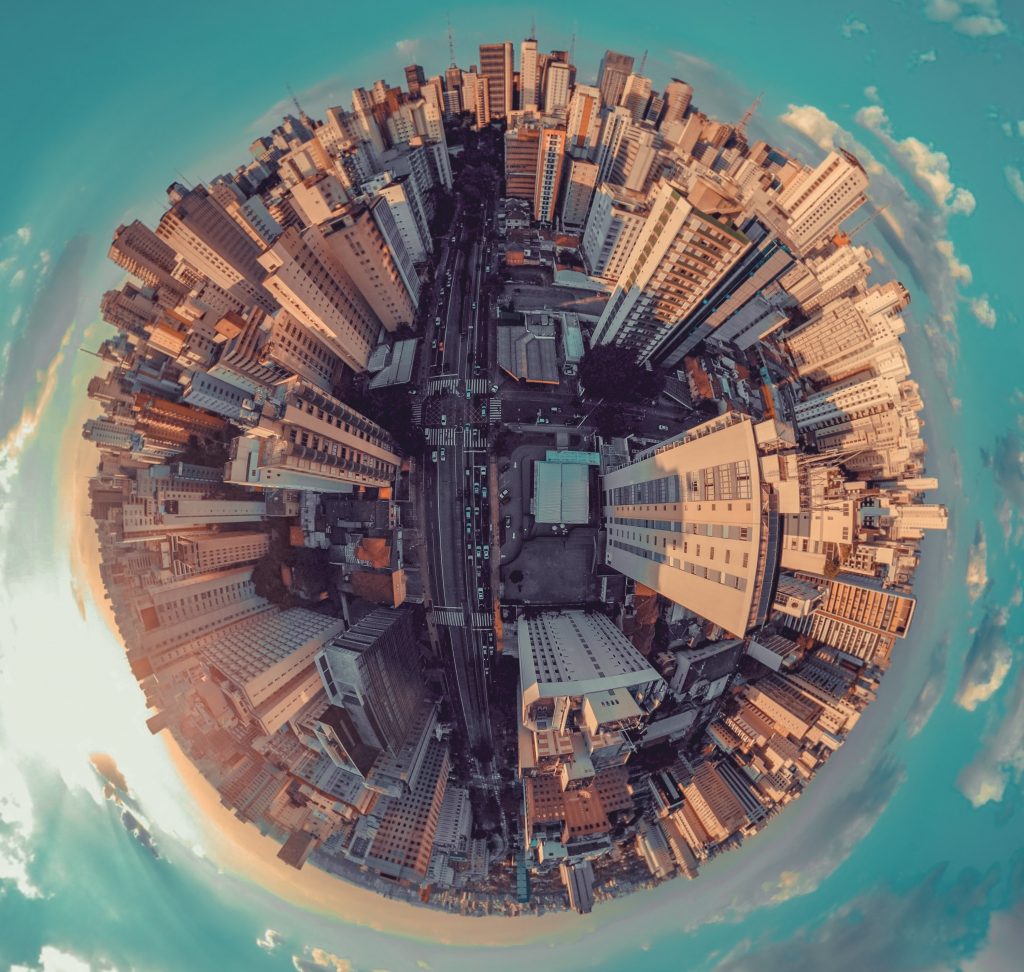There is a trend in our society to believe that bigger is better. Just in my lifetime, just shy of fifty years, I’ve seen buildings get bigger, vehicles get bigger, cities get bigger, soda cups get bigger, and, of course, the population got bigger. While some of us view a lot of this “progress” as shameful, there is still a large contingent of people who see growth as the highest goal, especially when it comes to what we call the “economy”.
“In the world we grew up in,” Bill McKibben reminds us in his book Eaarth: Making a Life on a Tough New Planet, “our most ingrained economic and political habit was growth; it’s the reflex we’re going to have to temper, and it’s going to be tough.”
As it turns out, bigger is not always better, and growth is not always optimal. As Don Hall, co-director of Transition US, recently explained to me, we love to see our children grow and reach adulthood, but imagine if, after they made it through their adolescent growth spurt, they just kept on growing. In other words, growth is only optimal to a certain point. If humans reach a point of not growing in order to live out their lives, we should model our economy after the reality we experience, rather than the appetites we’ve created.
“In our current economic system,” says Daneil Pinchbeck in How Soon is Now: From Personal Initiation to Global Transformation, “profit is generated by ever-increasing commercial activity. Because it is based on debt and inherently unstable, our economic system must grow constantly just to maintain itself. Our industrial system has a parasitic relationship with the Earth’s natural systems. In essence, we generate wealth by subtracting from the Earth’s natural capital.”

What we often fail to realize as we continue to push for a bigger economy is that, in order to make all of the items and products we’ve come to desire in our society of consumerism, we have to use the resources of the planet. Some of those resources are used directly, like oil, coal, and minerals; and some of them are used indirectly, like air and water. Unfortunately, in our mad dash to use all of these resources in order to make more money, allowing us to see our desired growth through the accumulation of numbers, we’ve administered the habit of using these resources in a way that they are used only once, and then deemed useless for several generations if not forever.
“The global economy has already exceeded carrying capacity,” wrote Paul Hawken in The Ecology of Commerce, “that point beyond which further growth will decay and effectively destroy its host. If our planet- its land and sky and oceans – were growing two percent a year, we could posit sustainable economic growth of a similar rate. But the earth is stable. It does not grow. The input of the sun likewise remains constant, while much of the wealth derived from that input, stored over tens of millions of years in fossil fuels, has already been consumed in less than two centuries. No technology in the world can alter this equation.”
Of course, it wasn’t always so. Our rampant consumption of resources didn’t really get going until a few hundred years ago, but it has been on the rise for awhile. Studies of archeological human remains point to a species that lived in relatively sustainable harmony with its home planet for the majority of its existence. However, as we learned to turn things into tools, we learned that most things had greater capacities for use than we had previously realized when we lived more primitively. Since then, it seems as if our learning curve may have driven us a bit off course.
“Because our ancestors could consume sunlight that had been stored by plants millions of years ago,” says Thom Hartmann in The Last Hours of Ancient Sunlight, “they began for the first time to consume more resources – in food, heat, and other materials – than the daily amount of sunlight falling locally on our planet had historically been able to provide. The planet’s human population grew beyond the level that the Earth could sustain if humans were using only local ‘current sunlight’ as an energy and food source.”
Although humanity stayed within a fairly sustainable range for most of its roughly 200,000 years of existence, the revolutions of Agriculture and Industry have both had significant impacts on the growth of our population along with our appetites. It’s estimated that at the beginning of the Agrarian Revolution, around 10,000 BC, there were less than a million humans on the planet, a number that jumped to about 15 million when we started getting serious about agriculture, and to about 300 million when we started our current timeline at 0 AD. As we learned to grow more food to feed the growing number of people, the number of people grew because there was more food.
As the Industrial Revolution set in around 1800, it’s believed that the global human population reached a billion people, a number that has grown sevenfold since. Now that we have introduced consumerism as our modus operandi, we add a billion people to the planet about every decade. While it may be beyond our capacity to control the growth of the population, we would be wise to consider how we live as humans and reconsider if the growth of our economy is actually a good thing or if, as author Edward Abbey said, “Growth for the sake of growth is the ideology of the cancer cell.” For although our appetite should sustain us, if we continue to let it grow for the sake of growth, it could very well be the thing that destroys us.

